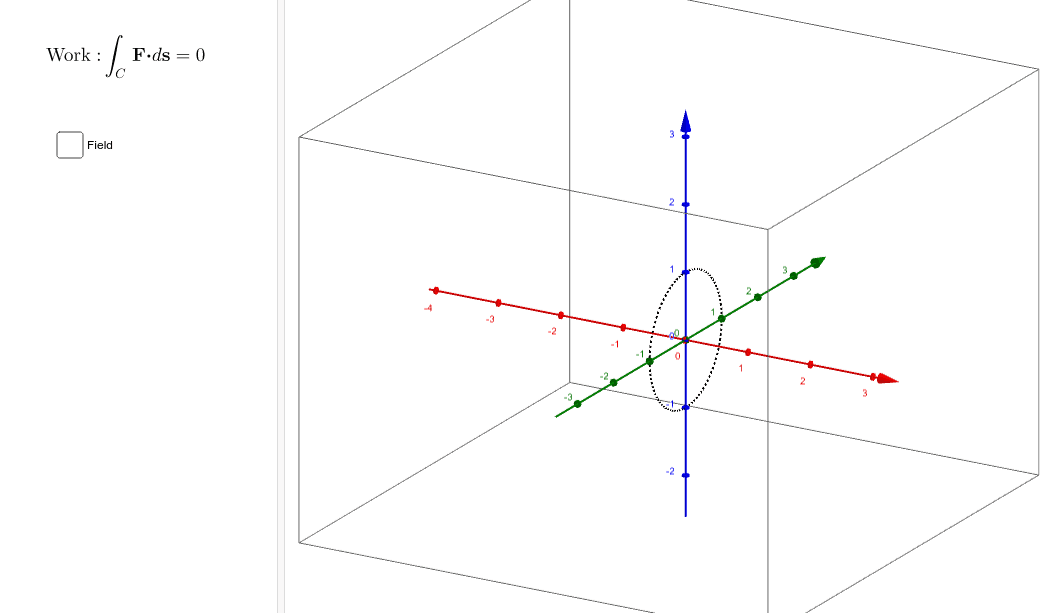

The general definition of work done by a force must take into account the fact that the force may vary in both magnitude and direction, and that the path followed may also change in direction. The power of calculus can also be applied since the integral of the force over the distance range is equal to the area under the force curve:įor any function of x, the work may be calculated as the area under the curve by performing the integral For example, for the work done to stretch a spring, the area under the curve can be readily determined as the area of the triangle. In the more general case of a force which changes with distance, the work may still be calculated as the area under the curve. That relationship gives the area of the rectangle shown, where the force F is plotted as a function of distance. The basic work relationship W=Fx is a special case which applies only to constant force along a straight line. Dot products are used to calculate the magnitude of a vector or the angle between two vectors.Work as an integral Work done by a variable force The scalar (or dot) product of two vectors is a numerical value that determines the angle between them. The vector is said to be "normalized" if its length is equal to 1. It is also equivalent to zero work done if you start and end in the same place, and to the curl of the force is zero. The magnitude of the vector is called the "length" of the vector, and the direction is given by the angle the vector makes with the positive "x"-axis. The condition for conservative forces ias equivalent to the work done being the different in potential between the two point (start and finish), and so obviously path independent. The vector itself is often referred to as the "field". The vector is commonly depicted by a line with an arrow, as in the diagram at right. A vector field in three-dimensional space is represented by a line segment, called a vector, that has a definite magnitude and direction at each point. In mathematics, a vector field is a mathematical tool used to describe the velocity and acceleration of particles in a fluid, the speed and direction of a moving object, the distribution of heat over a surface, or the strength and direction of some physical force. In classical mechanics, line integral is used to compute the word performed on mass m moving in a gravitational field.

Dot products are used to calculate the magnitude of a vector or the angle between two vectors. Line integrals have several applications such as in electromagnetic, line integral is used to estimate the work done on a charged particle travelling along some curve in a force field defined by a vector field. The idea of flux is especially important for Greenâ s theorem, and in higher dimensions for. For example, Figure 15.12 shows an inverse square force field similar to the gravitational field of. This integral adds up the product of force ( F T) and distance ( d s) along the slinky, which is work. In other words, the total work is Work C F T d s, where C is the path of the slinky. The vector is said to be "normalized" if its length is equal to 1. 0One of the most important physical applications of line integrals is that of finding the work done on an object moving in a force field. To get the total work, we simply need to take the line integral of this scalar-valued function. The magnitude of the vector is called the "length" of the vector, and the direction is given by the angle the vector makes with the positive "x"-axis. Point C is arbitrary and work done in moving charge from A to B does not depend on C.

The vector itself is often referred to as the "field". Since line integrals of the force vector over any path can be written as sum over various parts of the consecutive path (which is a purely mathematical license) the total work done can also be written as sum over these respective paths.


 0 kommentar(er)
0 kommentar(er)
